During the Ming Dynasty, funerary culture experienced a revival of ancient Chinese rituals, centered on the symbolic protection of the deceased. Terracotta funerary statues of soldiers, often arranged in rows at the entrance or along the funerary corridor, were a prominent feature. These statues acted as guardians of the tomb and embodied both the military power and the status of the deceased. The facial expression is usually quite severe, emphasizing vigilance and discipline. This statue has a removable head. This primarily served a practical purpose in the production process. These statues were often mass-produced in specialized workshops, where the body and head were modeled separately. This allowed the bodies to be reused by combining them with different heads, creating variation without having to make each statue completely unique.
The Ming Dynasty (1368-1644) was a period of renewed Chinese unity and cultural flourishing, characterized by a strong central government, economic expansion, and rich artistic development.
Condition Report:
This statue shows normal wear, but no visible damage or cracks.
Provenance:
This statue was part of a private collection in Ghent consisting of several similar statues which, according to the owners' inventory, were purchased from different dealers in Belgium and France between May 2001 and August 2011


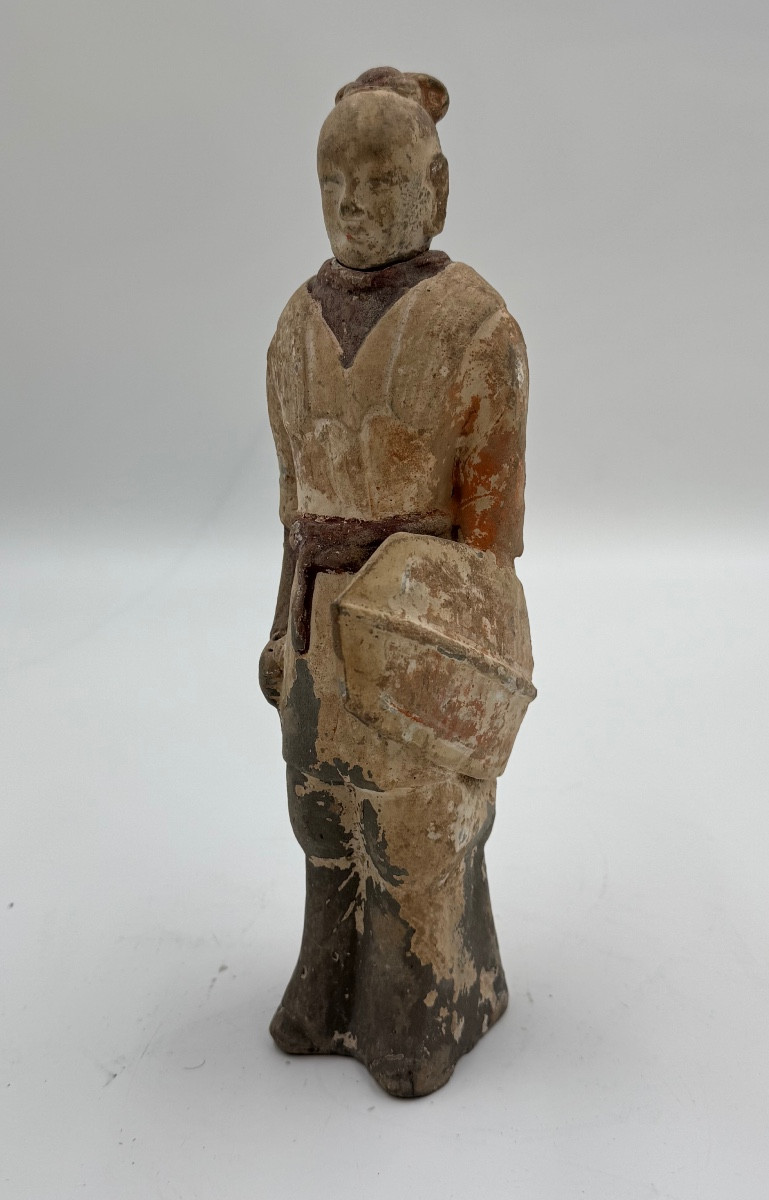
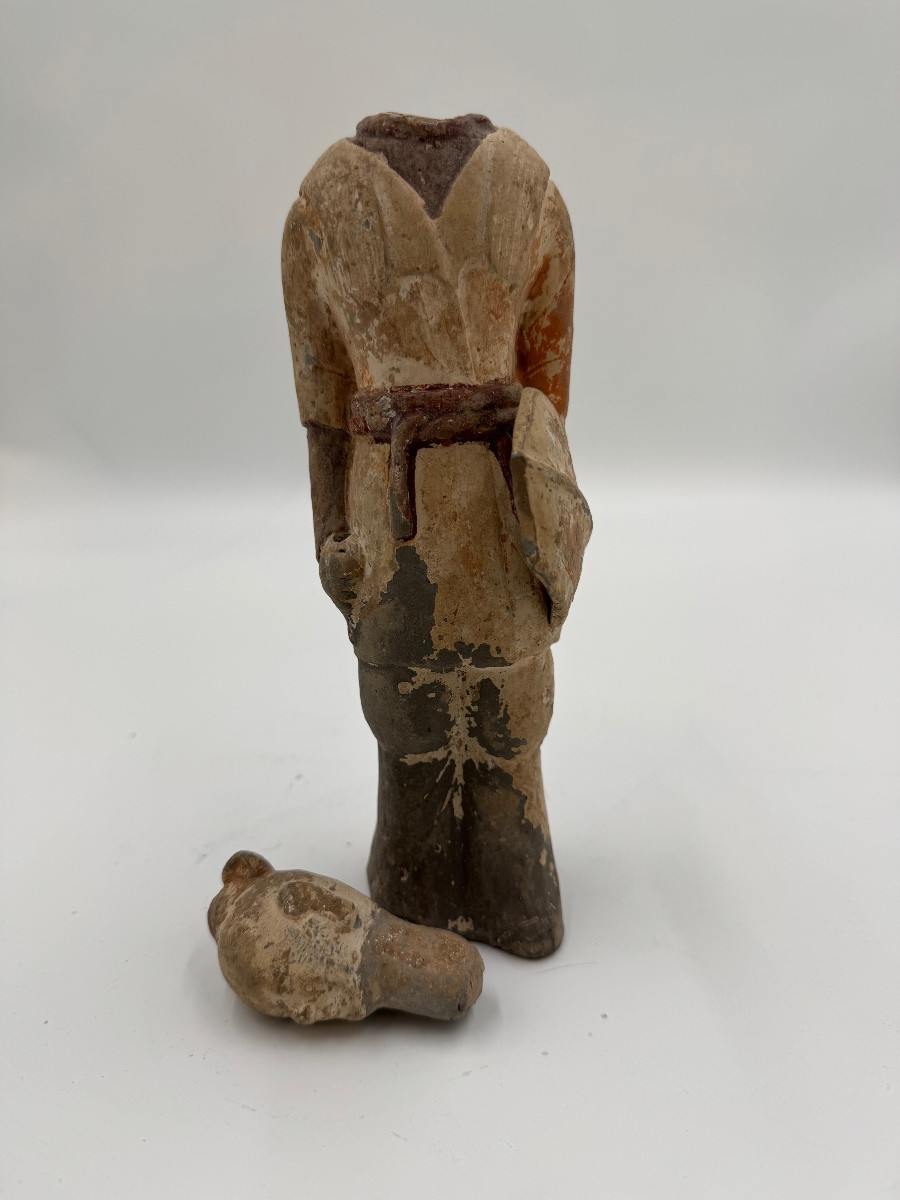
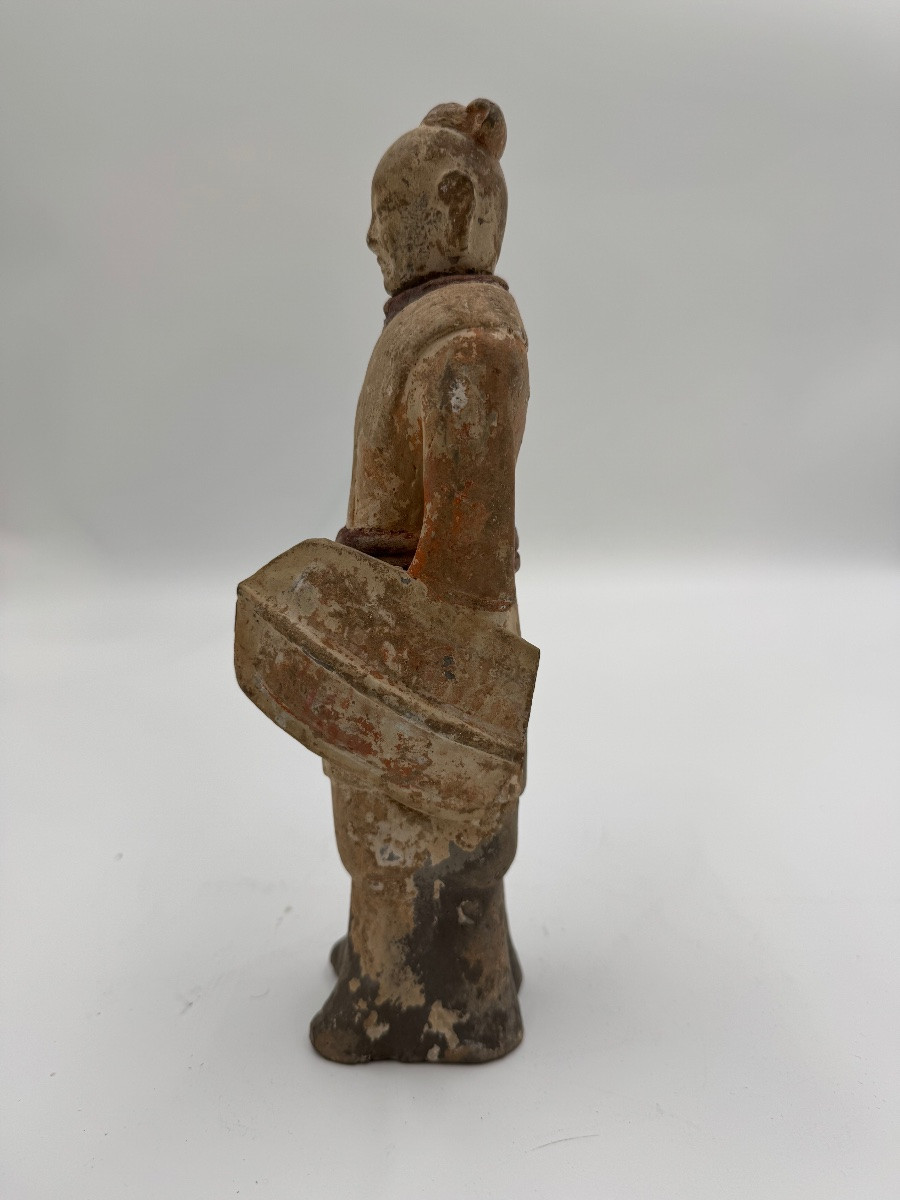
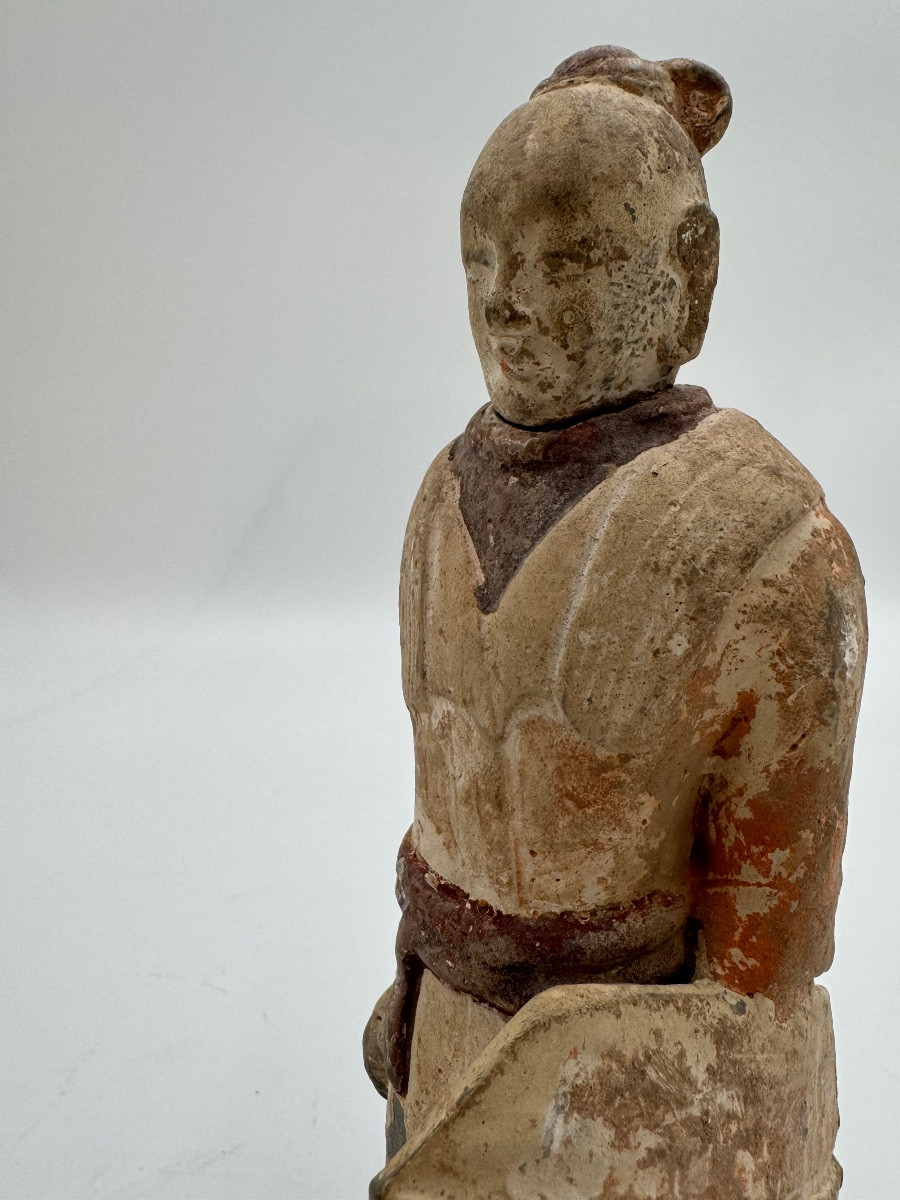
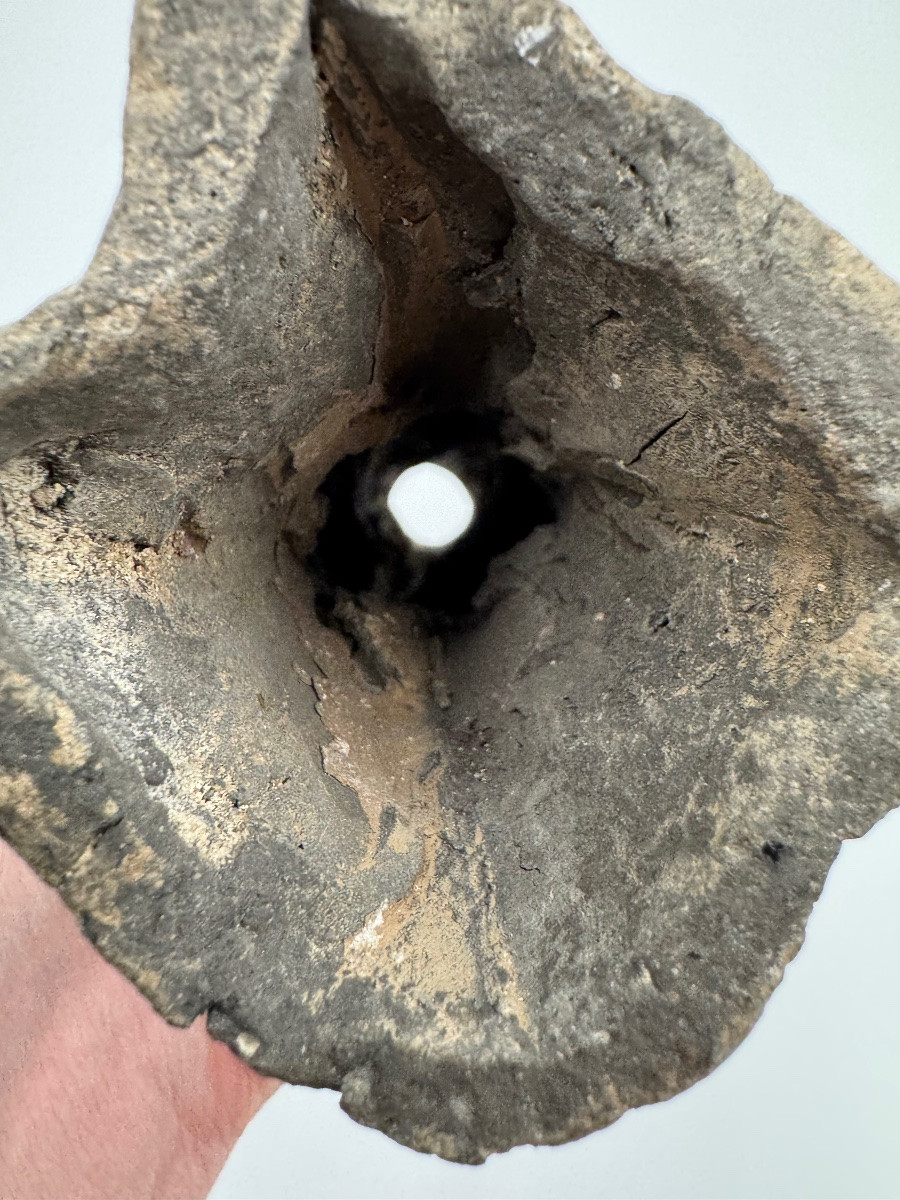
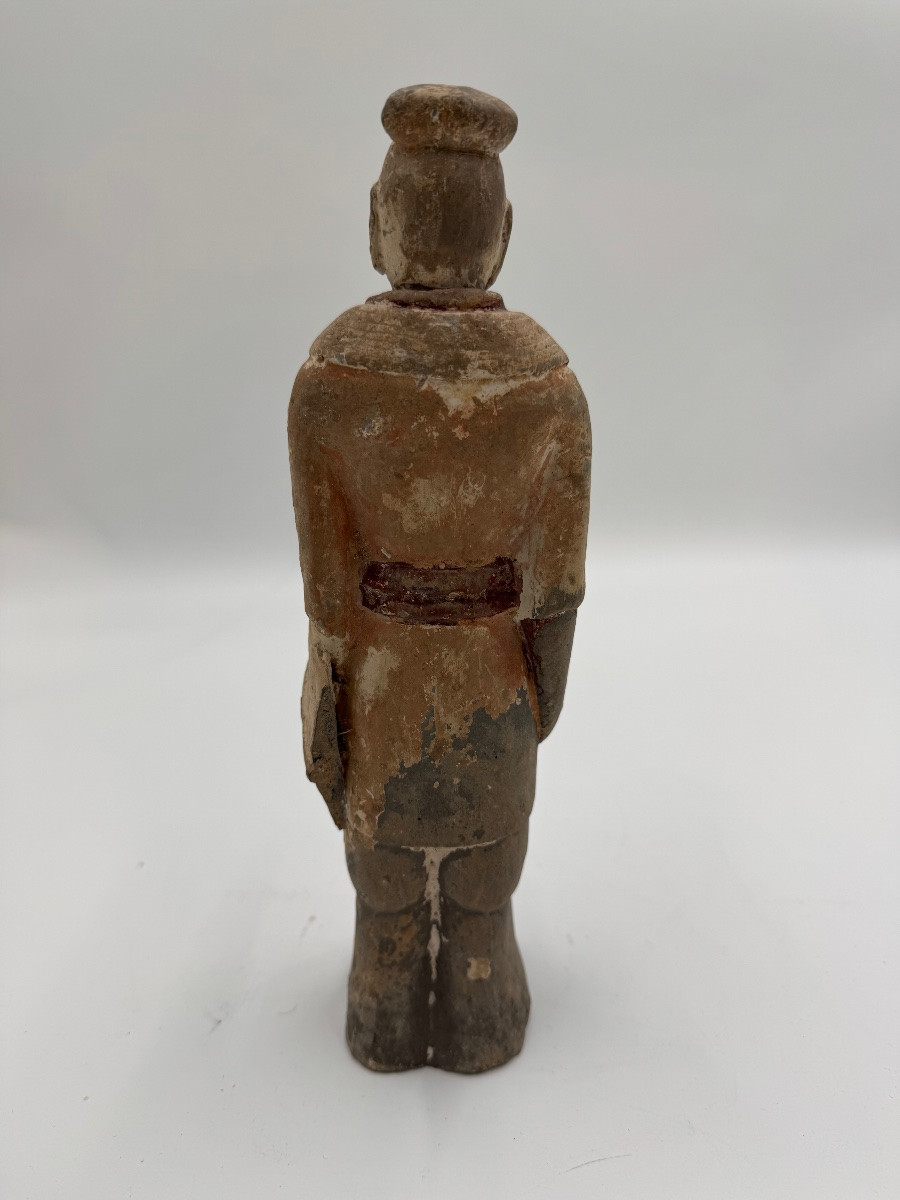
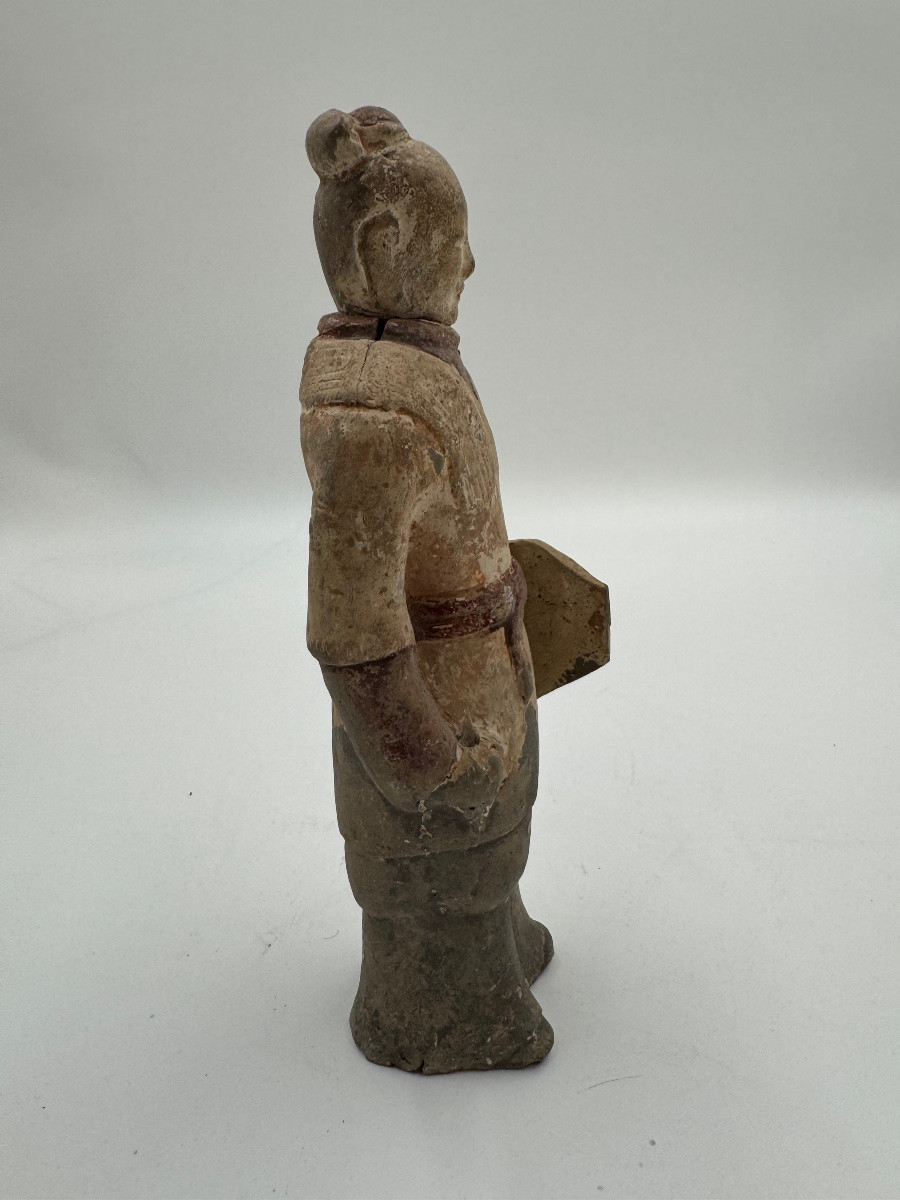










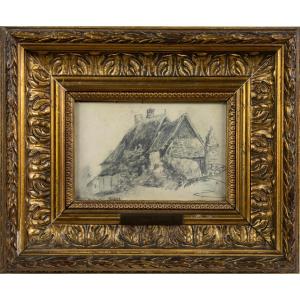
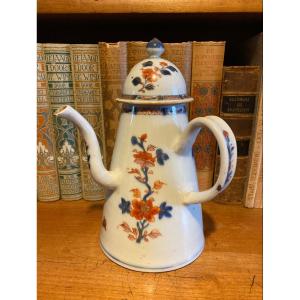
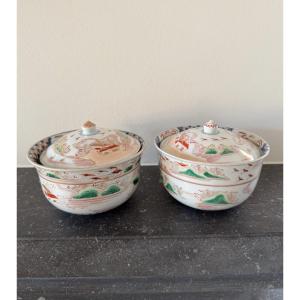
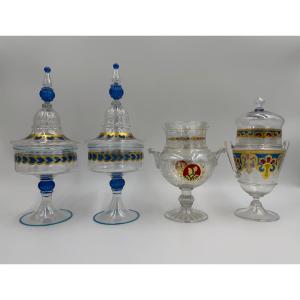
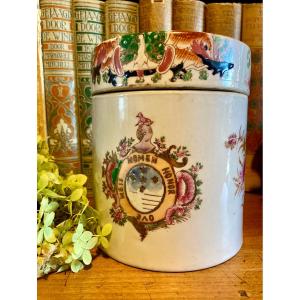

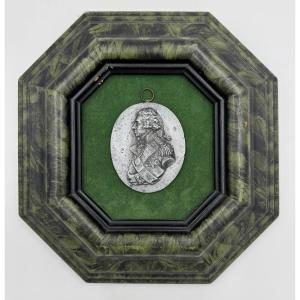



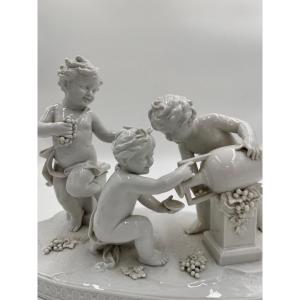



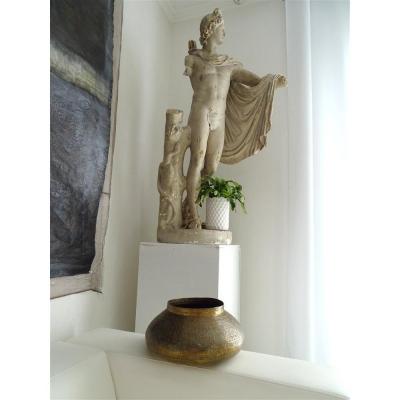

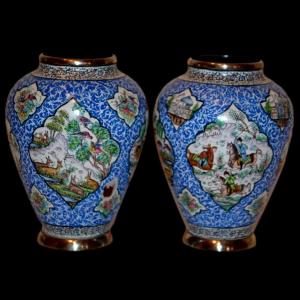



 Le Magazine de PROANTIC
Le Magazine de PROANTIC TRÉSORS Magazine
TRÉSORS Magazine Rivista Artiquariato
Rivista Artiquariato